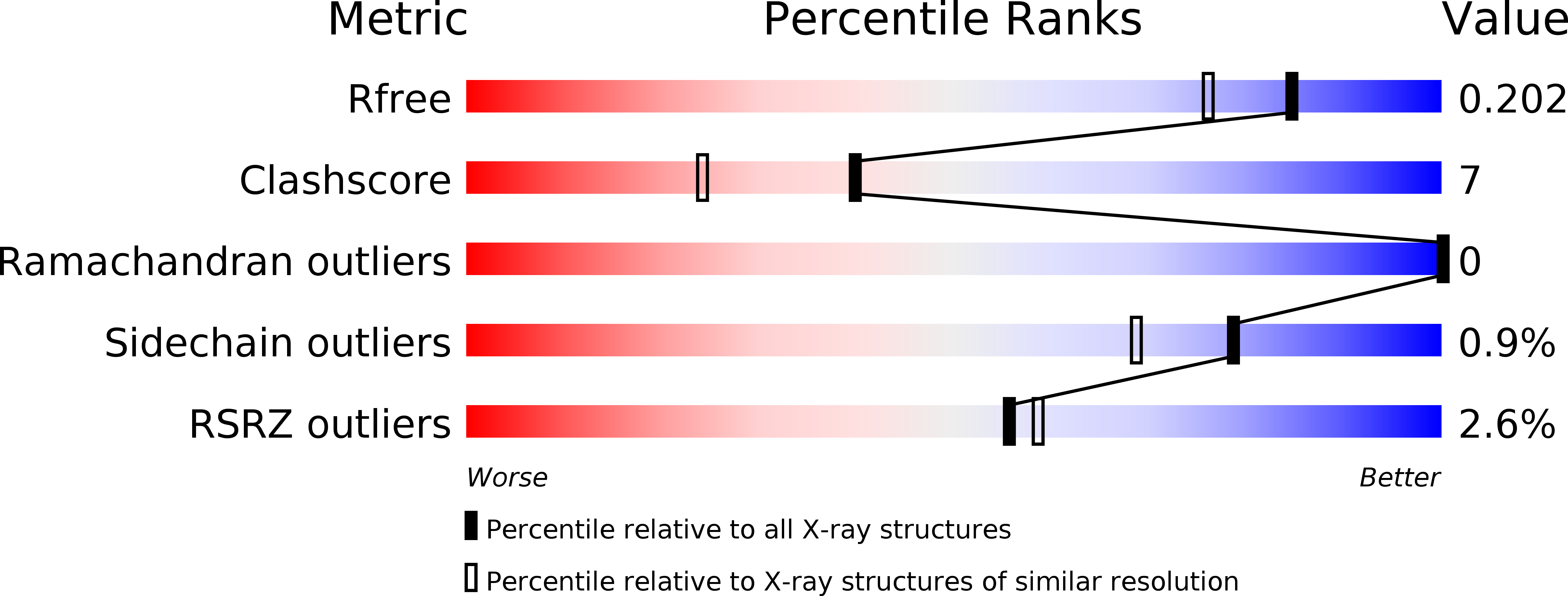
Deposition Date
2014-07-30
Release Date
2014-12-24
Last Version Date
2024-10-30
Entry Detail
PDB ID:
4U6X
Keywords:
Title:
Crystal Structure of HLA-A*0201 in complex with ALQDA, a 15 mer self-peptide
Biological Source:
Source Organism:
Homo sapiens (Taxon ID: 9606)
synthetic construct (Taxon ID: 32630)
synthetic construct (Taxon ID: 32630)
Host Organism:
Method Details:
Experimental Method:
Resolution:
1.68 Å
R-Value Free:
0.20
R-Value Work:
0.16
R-Value Observed:
0.16
Space Group:
P 1 21 1


